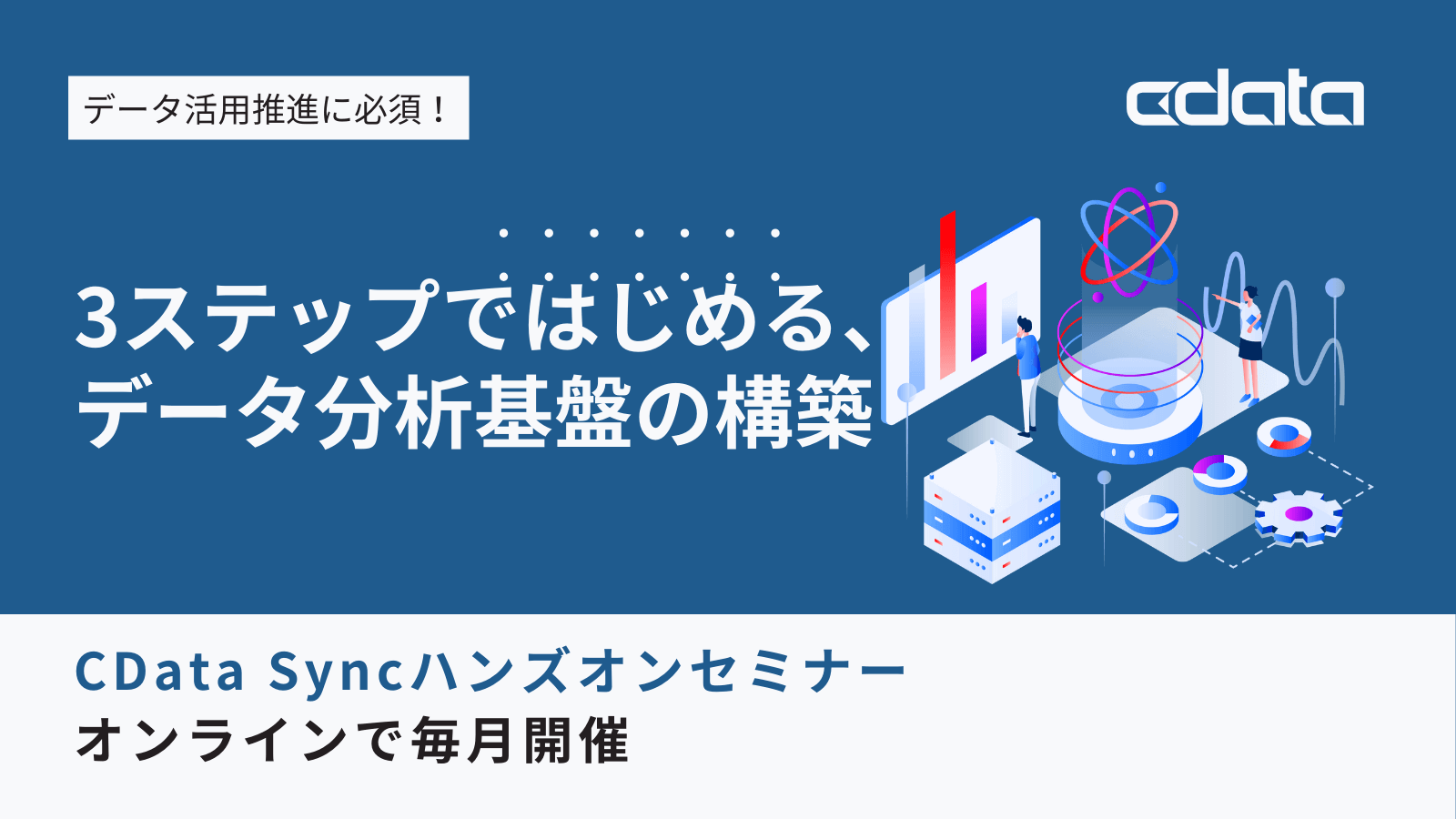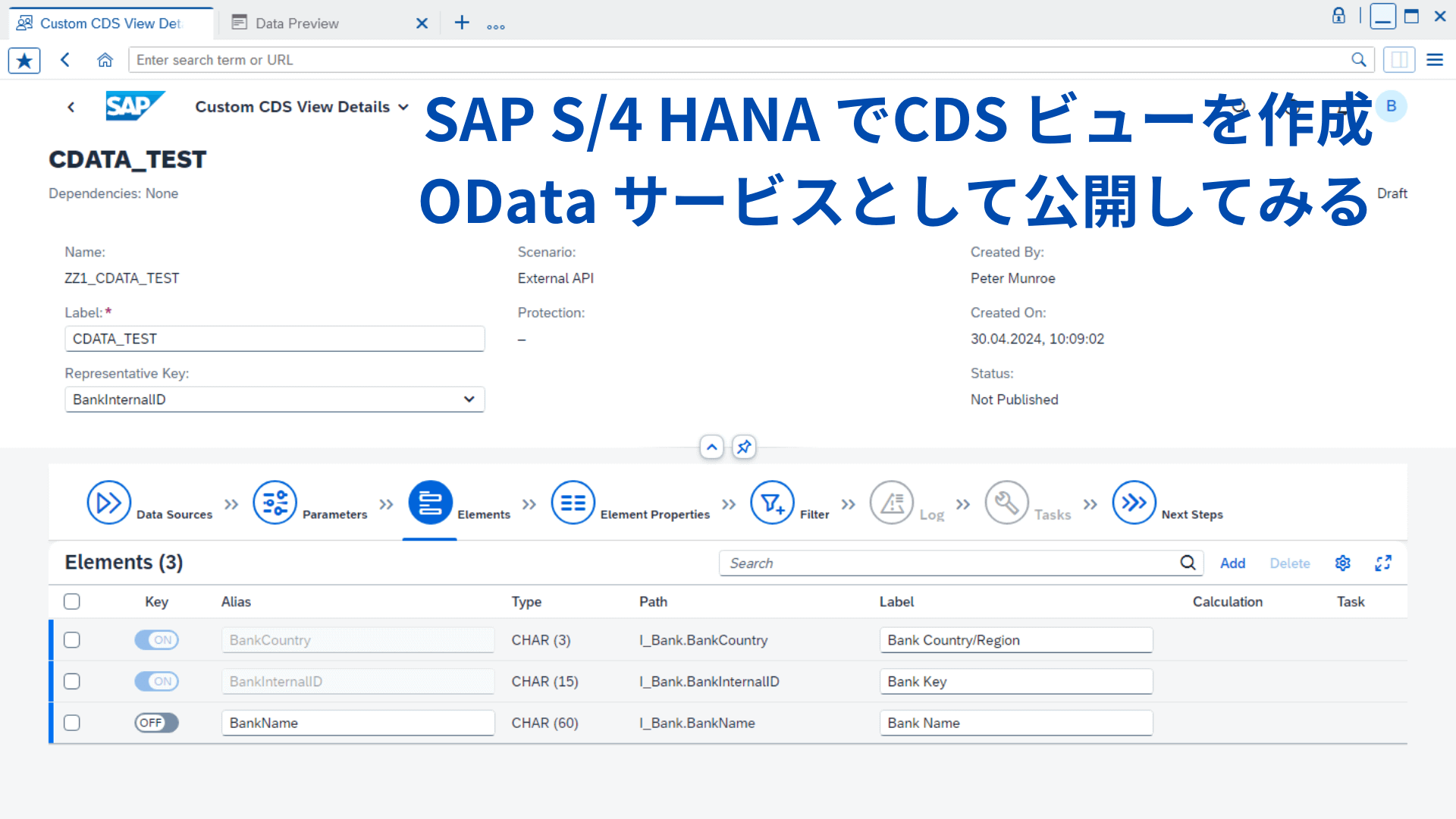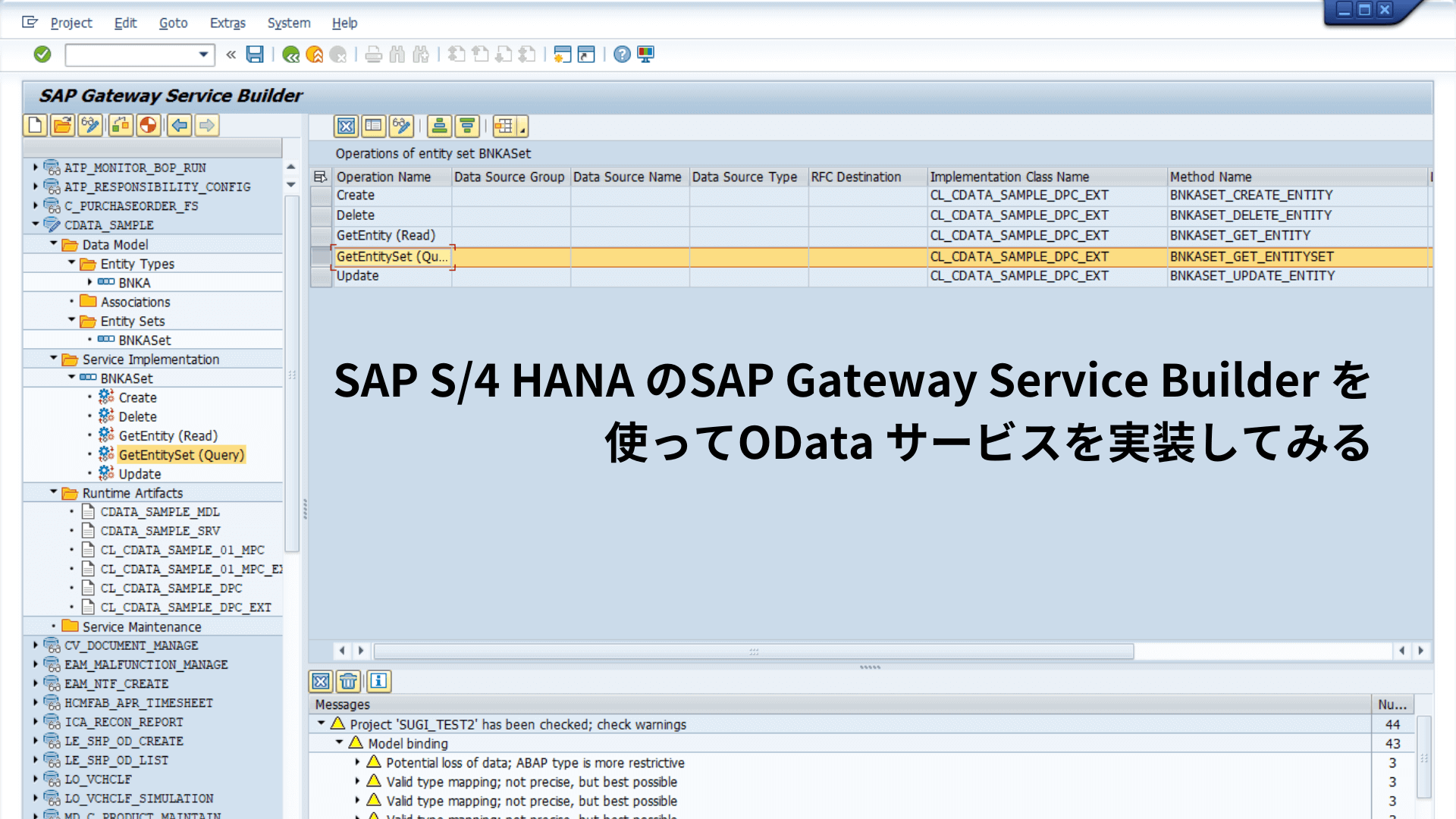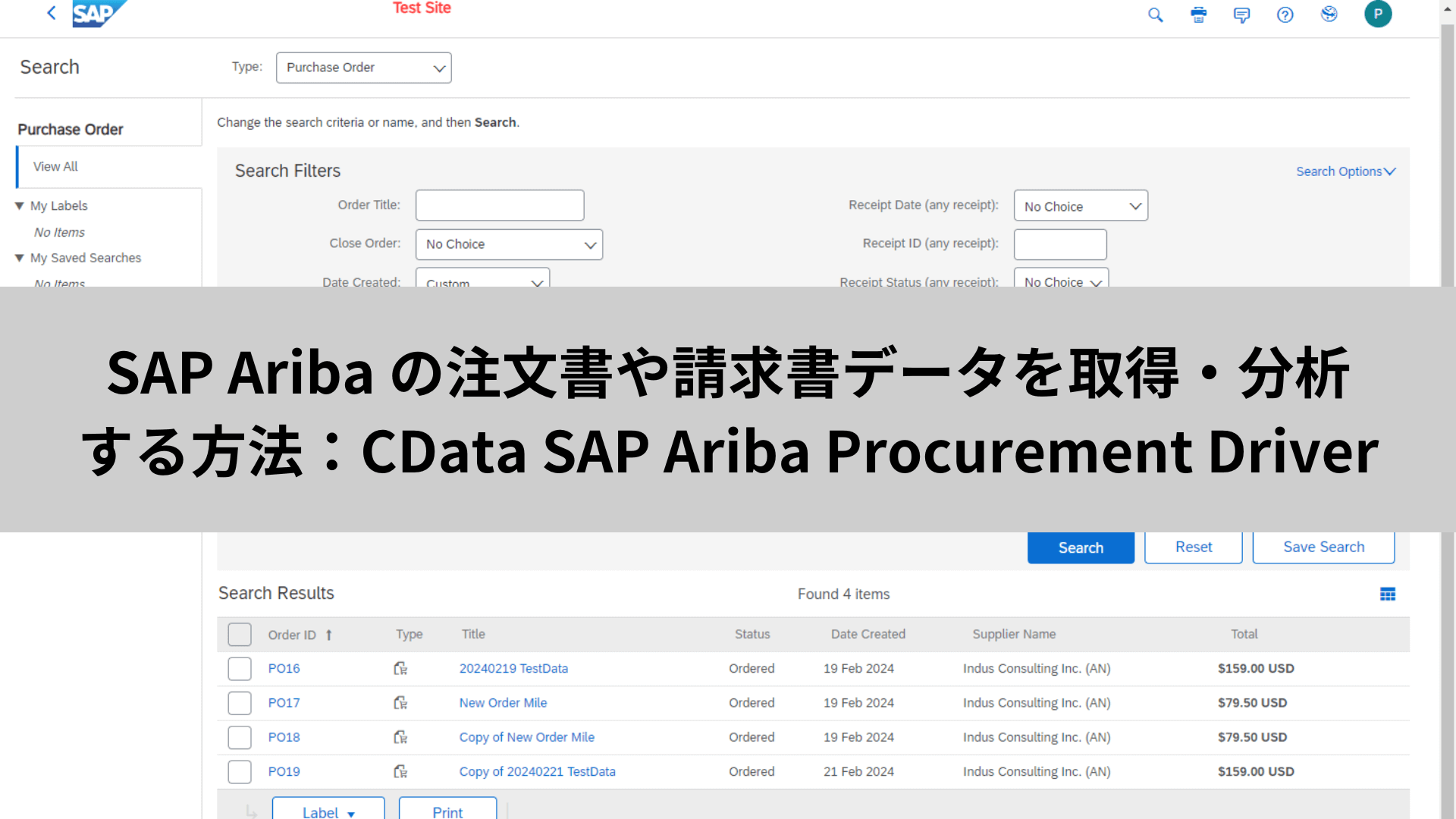ノーコードでクラウド上のデータとの連携を実現。
詳細はこちら →CData Software Japan - ナレッジベース
Latest Articles
- MySQL のデータをノーコードでREST API として公開する方法:CData API Server
- CData Sync AMI をAmazon Web Services(AWS)で起動
- Connect Cloud Guide: Derived Views, Saved Queries, and Custom Reports
- Connect Cloud Guide: SSO (Single Sign-On) and User-Defined Credentials
- Connect Cloud クイックスタート
- Shopify APIのバージョンアップに伴う弊社製品の対応について
Latest KB Entries
- DBAmp: Serial Number Expiration Date Shows 1999 or Expired
- CData Drivers のライセンスについて
- Spring4Shell に関する概要
- Update Required: HubSpot Connectivity
- CData Sync で差分更新を設定
- Apache Log4j2 Overview
ODBC Drivers
- [ article ] Exploratory でMarkLogic データを連携する方法
- [ article ] CData Software ODBC Driver を使ってAsprovaをPonparemall ...
- [ article ] StiLL からCData Software ODBC Driver を使ってNeo4J ...
- [ article ] Tableau Bridge でTableau Cloud からのSpark データ連携を実現
JDBC Drivers
- [ article ] 国産BI ツールのActionista! からDynamics GP に直接連携してビジュアライズ
- [ article ] Google Data Catalog データをDataiku DSS ...
- [ article ] MYOB AccountRight データをASTERIA Warp に繋いでみた
- [ article ] RPA ツールBizRobo! でIBM Cloud Data Engine ...
SSIS Components
- [ article ] SSIS を使ってBugzilla データをSQL Server にインポート
- [ article ] freee データからSQL Server に接続する4つの方法をご紹介。あなたにピッタリな方法は?
- [ article ] SSIS を使ってOdoo データをSQL Server にインポート
- [ article ] ShipStation をSSIS 経由でSQL サーバーにバックアップする
ADO.NET Providers
- [ article ] SSAS でEnterpriseDB データに連携するOLAP Cube を作成
- [ article ] Visual Studio でチャートコントロールと Zendesk をデータバインド
- [ article ] Infragistics XamDataGrid を使用してLDAP のダイナミックグリッドを作成
- [ article ] SSRS レポートサーバーにADO.NET Provider を配置してAzure Active ...
Excel Add-Ins
- [ article ] SnapLogic でExcel を外部サービスに連携
- [ article ] Microsoft Power Query からAct-On データに連携してExcel から利用
- [ article ] SharePoint Excel Services からCData ODBC Driver for ...
- [ article ] Microsoft Power BI Designer でCData Software ODBC ...
API Server
- [ article ] Exploratory でOData データを連携する方法
- [ article ] SAP HANA へのOData データのETL/ELT パイプラインを作ってデータを統合する方法
- [ article ] Apache Nifi からOData データ連携を行う方法
- [ article ] JReport Designer でOData データを連携
Data Sync
- [ article ] MySQL データベースへのWordPress データのETL/ELT ...
- [ article ] Microsoft Project をHeroku にレプリケーションして、Salesforce ...
- [ article ] 複数のLinkedIn Ads アカウントのレプリケーション
- [ article ] Money Forward Expense をHeroku ...
Windows PowerShell
- [ article ] Sybase データをPowerShell でMySQL にレプリケーションする方法
- [ article ] PowerShell を使ってPinterest データをSQL Server にレプリケーション
- [ article ] REST データをPowerShell script でSQL Server にレプリケートする方法
- [ article ] PowerShell を使ってAdobe Analytics データをSQL Server ...
FireDAC Components
- [ article ] Delphi のCSV データへのデータバインドコントロール
- [ article ] Delphi のFacebook データへのデータバインドコントロール
- [ article ] Delphi のSAP Fieldglass データへのデータバインドコントロール
- [ article ] Delphi のRedis データへのデータバインドコントロール






